Digestive System And Homeostasis
Digestive system and homeostasis. Collected from the entire web and summarized to include only the most important parts of it. The respiratory system provides another example of homeostatic regulation by the nervous system. In normal breathing there is a state of homeostasis.
This system contributes to Homeostasis by maintaining constant levels of lymph in tissue spaces. How does the digestive system work in the human body. As for digestion if you.
For instance the concentration of various ions in your blood must be kept steady along with pH and the concentration of glucose. The Digestive system is a collection of the digestive tract and organs such as the Liver Pancreas and Gallbladder. How does the digestive system maintain homeostasis.
Insulin a hormone released from the pancreas works with the digestive system and maintains energy homeostasis. In fact digestion is a challenge for your digestive system the same way exercise is a challenge for your muscles. Moving on from the Cardiovascular System comes to the Digestive system.
1 Digestive System gets nutrients good from food and hands it over to the blood and Circulatory System then carries those nutrients where they need to go. When food arrives in the stomach proteins in the food stimulate the. It is through the digestive system that we obtain water nutrients and other essential building blocks for.
During exercise the respiratory system must work faster to keep the oxygen levels in the cells within normal limits and preventing excessive build-up of carbon dioxide. Chief among these organs are those of the digestive tract fig. The endocrine nervous and muscular systems work together and maintain temperature homeostasis.
Mucus produced by goblet cells forms a key component of the mucosal barrier. How Are The Circulatory And Digestive Systems Related.
Digestive System When blood is pumped from the left ventricle of the heart much of it passes down the dorsal aorta to the organs of the abdomen.
The digestive system maintains homeostasis by creating the proper pH balance in the gastric environment. Homeostasis typically involves negative feedback loops that counteract changes of various properties from their target values known as set points. Homeostasis in the Digestive Tract the activities of the digestive tract are coordinated by the nervous system and the endocrine system. Moving on from the Cardiovascular System comes to the Digestive system. The digestive system maintains homeostasis by creating the proper pH balance in the gastric environment. It is estimated that the average human has around 500 species of helpful bacteria also known as intestinal microflora in his digestive tract mostly concentrated in the large intestine. With the exception of oxygen from the respiratory system and sunlight for vitamin D formation from the integumentary system we obtain all of the materials we need for growth and energy from the digestive system. These nutrients help repair the structure of the digestive system and replenish it when needed. Christina Hall The intestines play an important role in homeostasis by both absorbing nutrients and helping to excrete waste.
Digestive System And Homeostasis. The Function Of The Digestive System Contribute To Homeostasis. Chief among these organs are those of the digestive tract fig. These nutrients help repair the structure of the digestive system and replenish it when needed. This system contributes to Homeostasis by maintaining constant levels of lymph in tissue spaces. Can be used as content for research and analysis. Digestive System And Homeostasis.












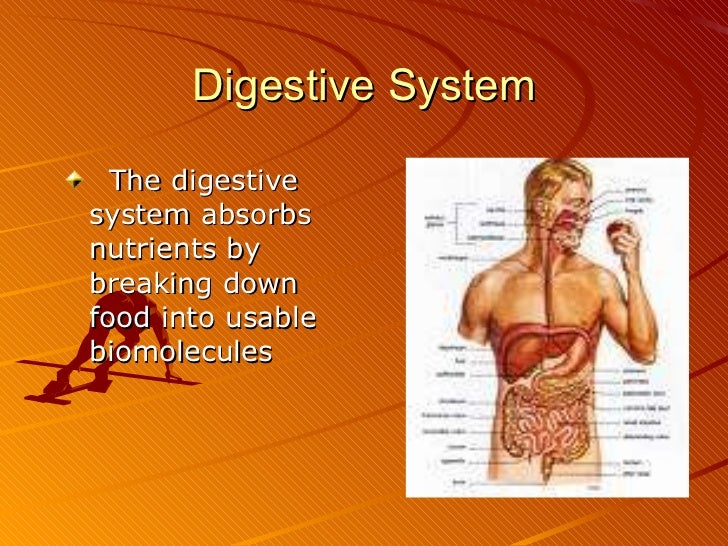
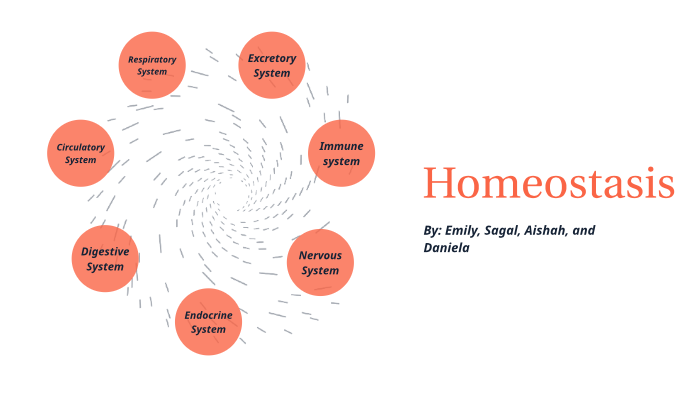

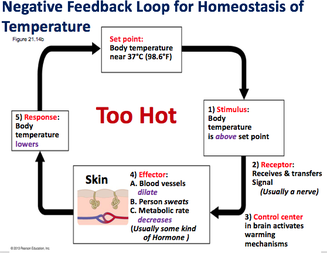










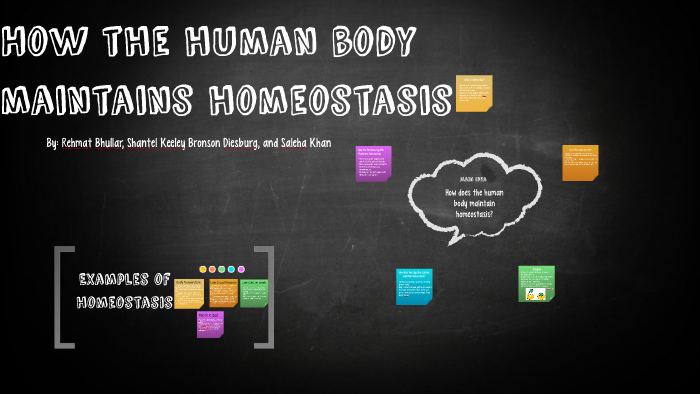







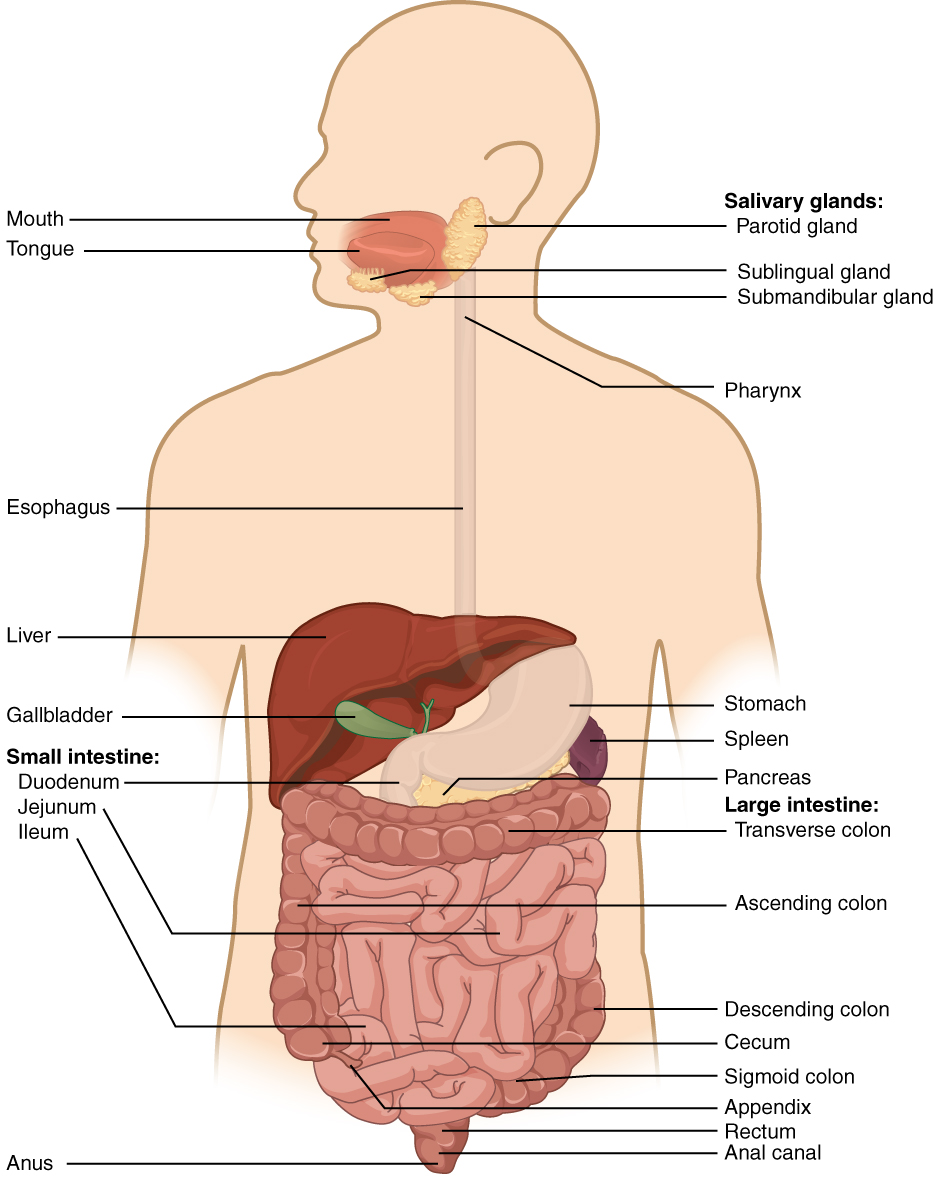






Post a Comment for "Digestive System And Homeostasis"